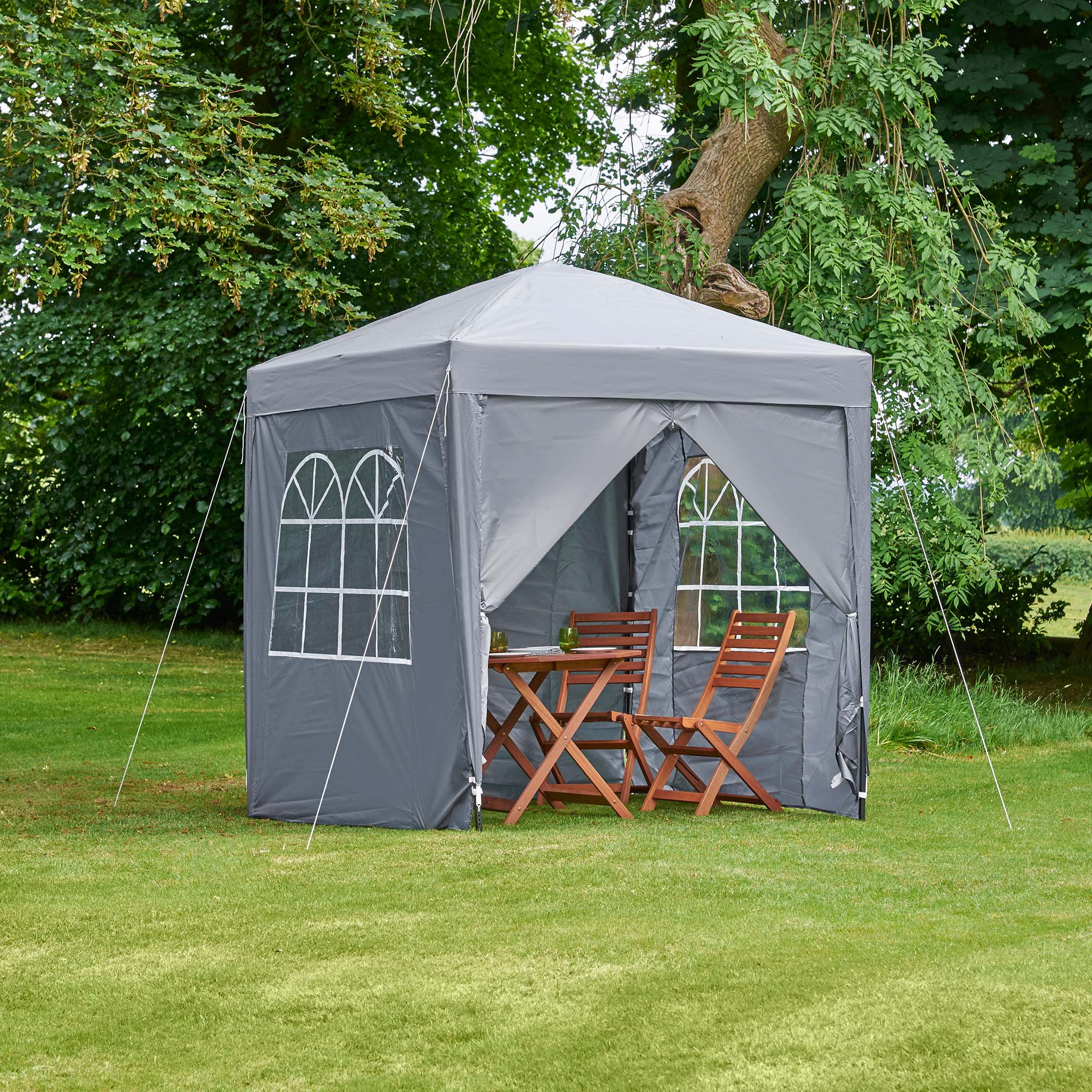

Small hardtop gazebos start at around $500 to $600. You can pay up to $3,000 for large, high-end models with sturdy frames designed to stay in place all year. You can expect to pay from about $60 to more than $5,000, depending on quality and materials.īasic soft top gazebos can be found for as little as $60 to $70, but these aren’t extremely durable. Some have curtains that you can tie back or pull closed as needed. Hardtop gazebos sometimes have half-height rail sides, with or without mesh screens above. Other models have mesh curtains that keep bugs out but let the breeze through. Some soft top gazebos have fabric panels that can be zipped into place as required or rolled up or removed when they're not. From a distance, you'd never know it wasn't wood. Vinyl: If you want the look of painted wood for your hardtop gazebo but not the maintenance, vinyl is a great choice.Wood: A common choice for hardtop gazebos, wooden models have a classic look that can't be beat, but they do require a lot of maintenance if they’re to last for years.

It’s heavy, though, so it isn’t ideal if you need to transport your gazebo from place to place. Steel: Due to its strength, a steel frame is a good choice if you want a gazebo that will last. Most gazebos have metal frames, usually either steel or aluminum, but some hardtop models have wooden or vinyl frames.Īluminum: Lightweight aluminum is a common gazebo frame material, but it isn’t as durable as some other options. Wood shingle: If you favor form over function, there's no denying that gazebo canopies made of wood shingles look great, but this option requires a lot of maintenance.Vinyl or plastic: Although newer on the scene, many manufacturers are choosing vinyl or plastic for lower-end gazebos because it’s inexpensive, easy to mold into shape, and not as noisy as metal when rain falls on it. However, it can feel a bit hot inside a gazebo with a metal canopy. Metal: Many hardtop gazebos have a metal roof because it’s durable, long lasting, and impervious to water. Polyester: Water-resistant (but not waterproof), lightweight, and durable polyester is commonly used for pop-up gazebos designed for recreational use.Ĭanvas: You'll often find canvas canopies on high-end soft top gazebos because the fabric looks attractive and can be waterproof if properly treated. However, PVC isn’t the most attractive choice, and it can get hot inside since the fabric doesn’t breathe. PVC: A common canopy material for soft top gazebos, PVC is hard wearing and completely waterproof, which means it's ideal for flea markets, art fairs, or anyone who wants to use a gazebo in wet weather. Here are some of the most common choices. Gazebos come with a range of different canopy materials, depending on cost, purpose, and style. However, you can find smaller gazebos, starting at around 42 square feet, and larger options up to 800 square feet or larger. A popular option is 100 square feet, which is large enough to comfortably fit a six-person patio table and chairs. Hardtop gazebos are more expensive than soft top models.Ĭheck the size of any gazebo you're considering to make sure it's large enough to fit your needs but not too large to fit in the spot where you intend to put it. These gazebos require assembly, and you may need help putting one together. Many hardtop gazebos are extremely attractive. Some models come with walls and flooring, making them ideal for winter or summer use. These models are durable and can last for many years. Hardtop gazebos are designed to be left out in all weather. Hardtop gazebos are sturdy models with solid canopies that are generally designed to be permanent or semi-permanent fixtures in your yard. Some pop-up models aren't aesthetically appealing. Pop-up gazebos aren't durable enough to be left outside year-round. Pop-up gazebos are popular choices for use as temporary market stalls. These gazebos are ideal for taking on camping trips or picnics. Most pop-up gazebos can be set up by one person in under a minute. Pop-up soft top gazebos have specially designed frames that require no assembly. Many of these gazebos are tricky or time consuming to assemble. These gazebos generally aren't designed for year-round use. Many of these gazebos come with side panels. These gazebos are ideal for use in a yard or any place where you want to keep it up for a while.
#ALL WEATHER POP UP GAZEBO WITH SIDES PLUS#
These gazebos come with a set of poles you join together to make a frame, plus a fabric canopy (and sometime side panels) that fit onto it. Types of gazebos Standard soft top gazebos While most gazebos are square or rectangular, you can find hexagonal ones, too.


 0 kommentar(er)
0 kommentar(er)
